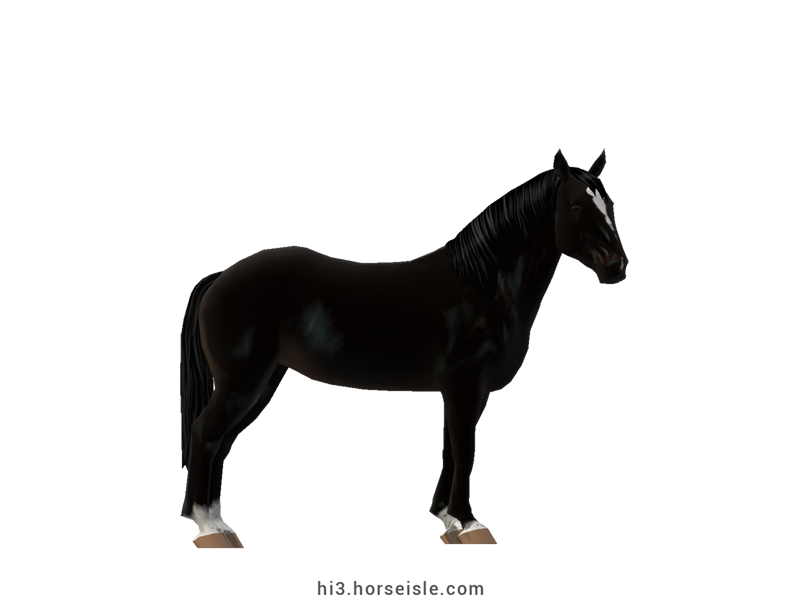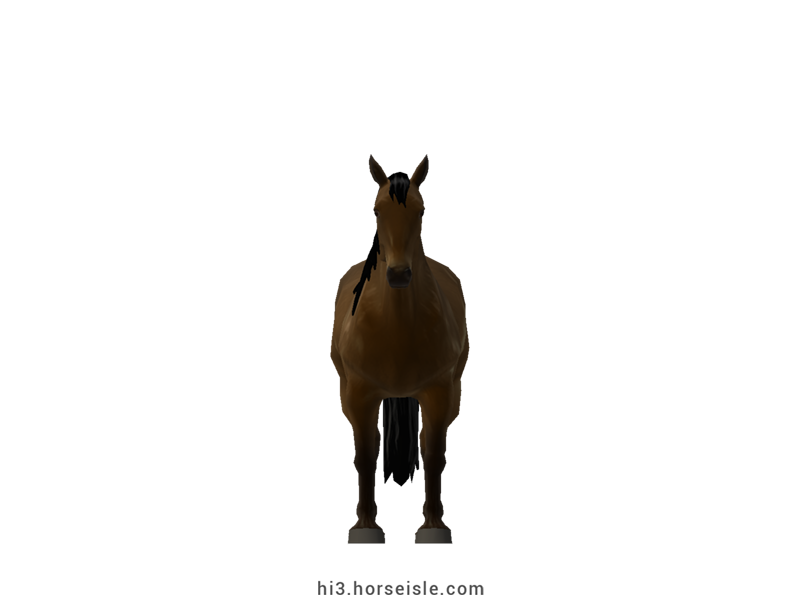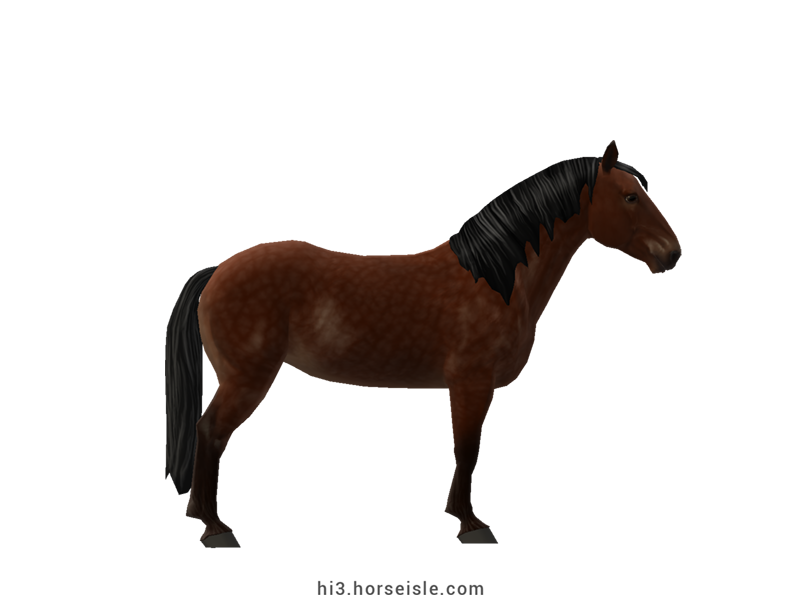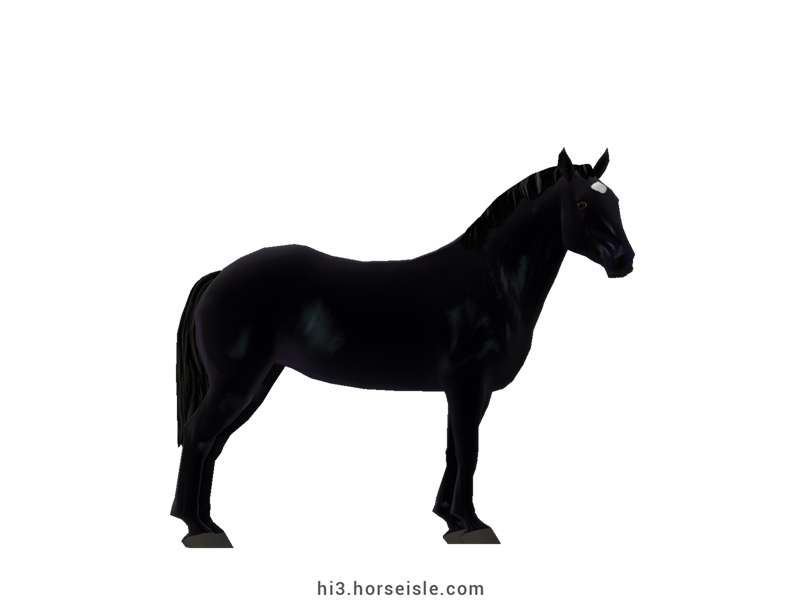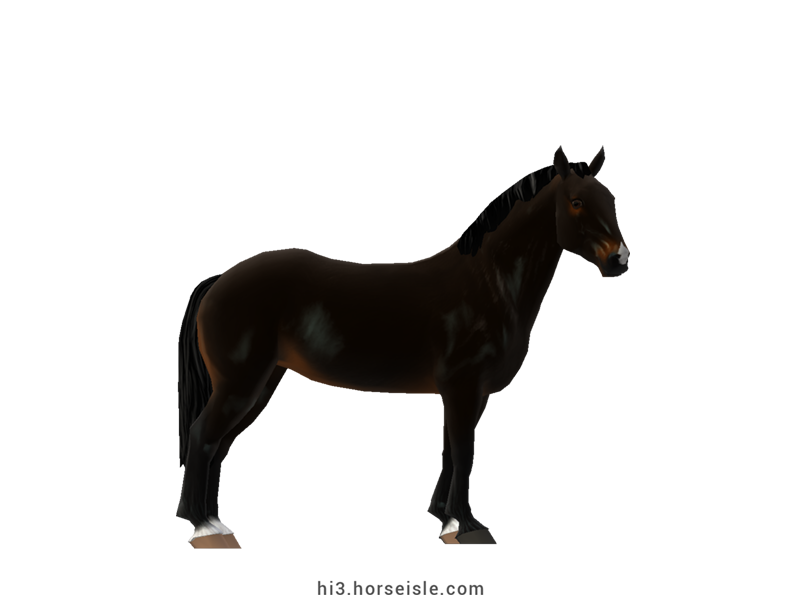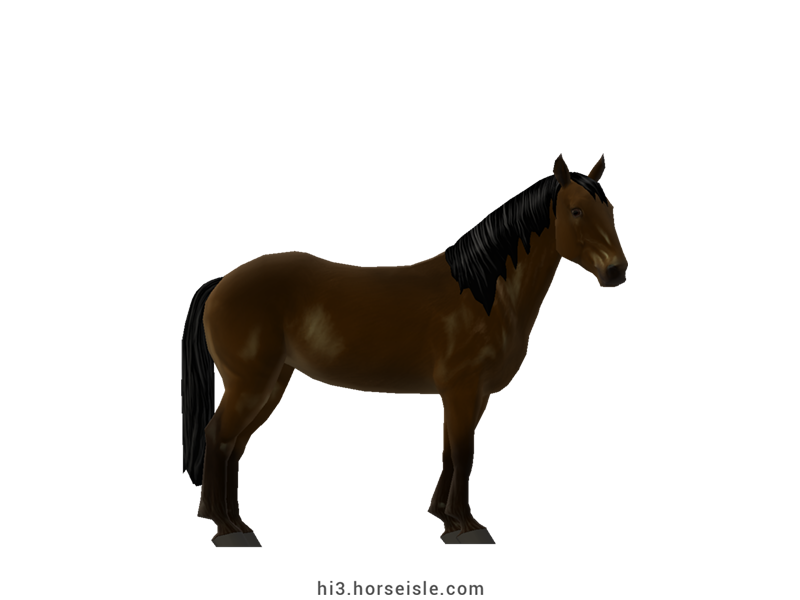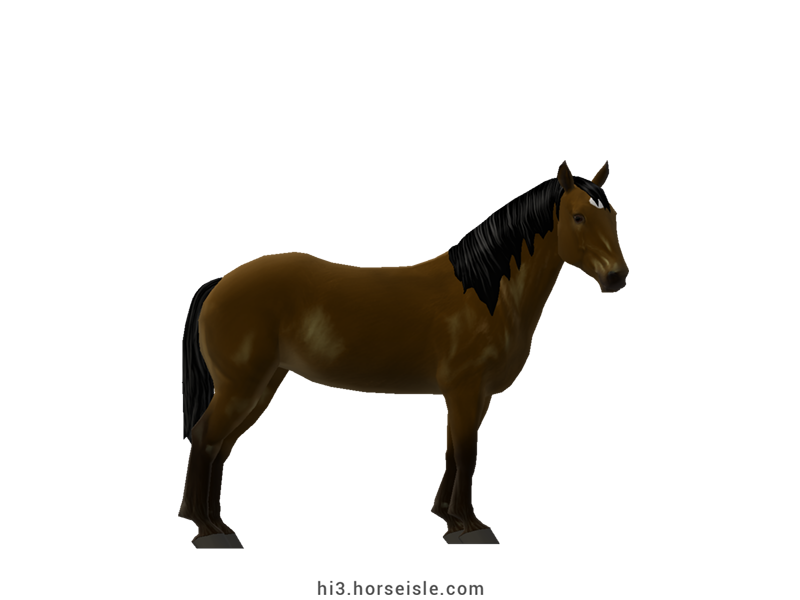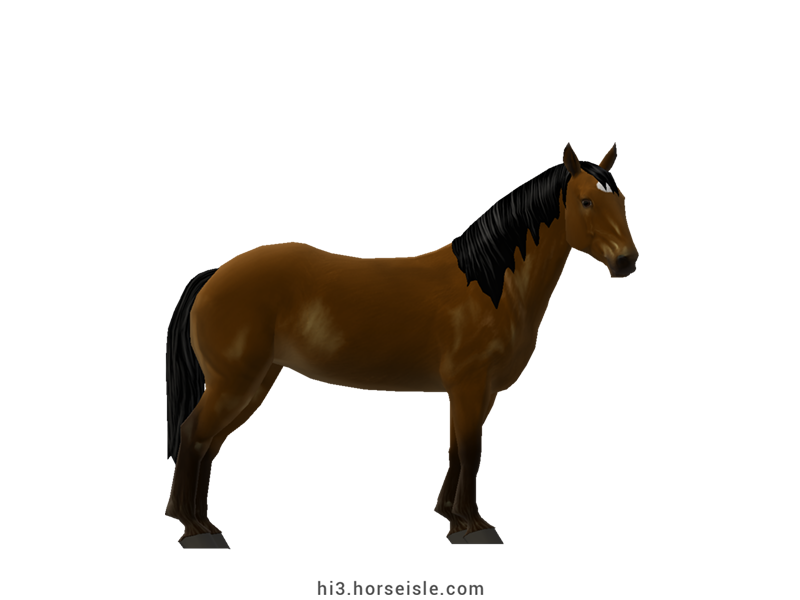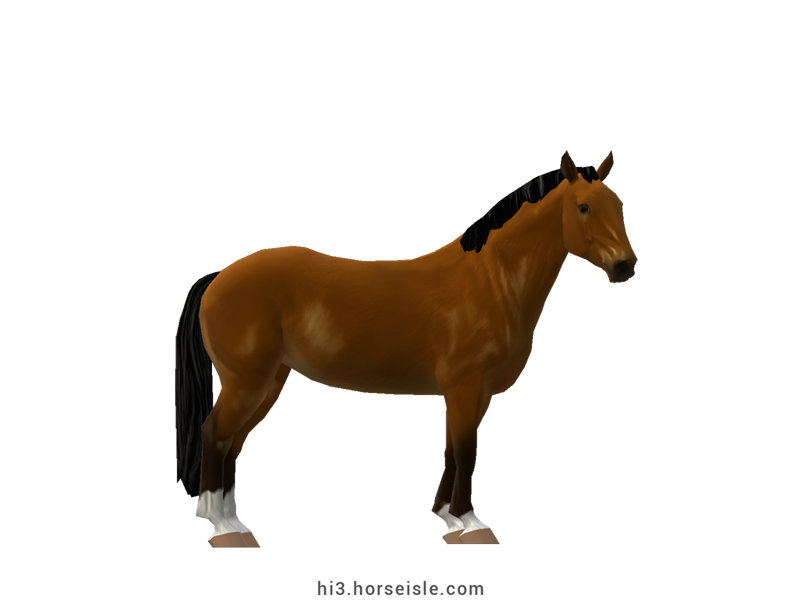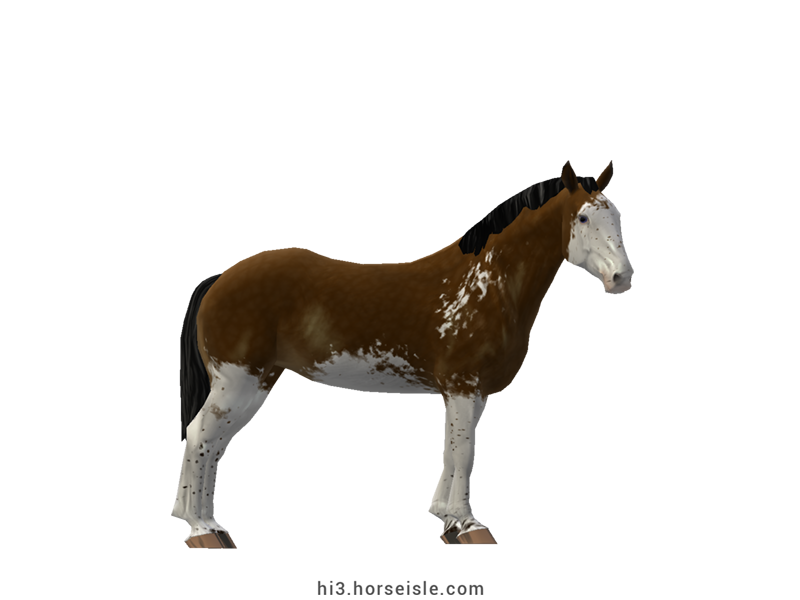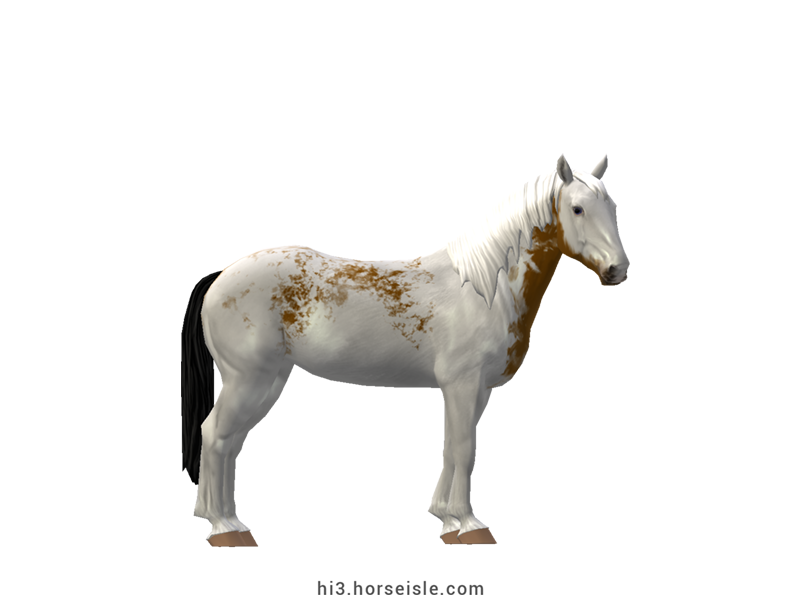Our Massive Real World Equine Reference!
[ INDEX ] Equine Type: Horse Breed: Voronezh Coach Horse (Voronezh) [ PREV ] [ NEXT ]
From the Bityug to the Voronezh:
The story of the Voronezh Coach Horse is tied to the story of another Russian breed called Bityug.
The Bityug was a draft horse that was used on Russian farms during the 19th century. It wasn't particularly large, and therefore Russian breeders decided to cross their Bityug horses with trotters and larger drafts, primarily with Orlov Trotters and imported Clydesdales.
Over the next several decades, and especially during the 1930s and 1940s, the Bityug was crossed with other breeds to such an extent that it eventually went extinct. The crossbred horses were called 'Voronezh Coach Horses,' and had the robustness of a heavy draft, and the temperament of the trotter.
The 'draft', the 'trotter' and the 'in-between':
Being a mixture of draft horses and trotter, Voronezh Coach Horses were born with varied conformation. Some showed more 'draft' characteristics while others received more lightness from their trotter ancestors.
Instead of breeding them into a single type, Russian breeders recognized the advantages that each Voronezh subtype had. and decided to maintain all three subtypes.
Even today, the Voronezh Coach breed is divided into three subtypes: the Heavy Voronezh, which is the heaviest subtype and was mainly influenced by the heavy drafts that were crossed with the Bityugs; the Light Voronezh, which is the lightest subtype and has more 'trotter' traits than 'draft' traits; and the Intermediate Voronezh, which combines 'trotter' traits with 'draft' traits in the most desirable manner.
All of these subtypes are found in Horse Isle.
The Voronezh Coach Horse today:
Today, the Voronezh is still bred in Russia, and regarded as an important breed worthy of preservation because of its genetic link to the extinct Bityug. Most of the Voronezh horses found today are of the Intermedia type, as its the more desired type, but Heavy Voronezh horses and Light Voronezh horses are being bred as well.
Conformation:
Although classified as a 'heavy draft,' the Voronezh Coach Horse is lighter than most of today's heavy drafts. It has a long body, large hooves, and sturdy legs that have feathering, although the feathering is not as thick or as heavy as seen in other draft breeds.
The mane grows short or medium in length, but the tail can grow long.
Performance metrics:
The following are the: range, average, (SD), and MOE of performance metrics of ordered Voronezh Coach Horses in Horse Isle (not bred ones). In rare cases,
Speed: 15.6-16.9, 16.2 (0.2), 0.05.
Sprint: 42-54, 48 (3), 0.52.
Accel: 0.74-0.91, 0.83 (0.04), 0.01.
Decel: 0.87-1.01, 0.94 (0.04), 0.01.
Jump: 4.76-5.07, 4.91 (0.06), 0.01.
Pull: 2.80-3.57, 3.12 (0.15), 0.03.
Turning: 43.17-56.26, 49.10 (2.96), 0.58.
Reverse: 2.1-2.7, 2.4 (0.1), 0.03.
Stamina: 53.65-56.70, 55.43 (0.73), 0.14.
Reaction: 0.80-0.90, 0.85 (0.02), 0.00.
Coats & Height:
Colors: black, brown.
Additionals: flaxen, roan, sooty. The coat is usually solid, but in rarer cases it can be sabino*.
* Voronezh Coach Horses are said to come in "pinto". Given their Clydesdale ancestors, the pinto pattern is probably white-spotted sabino.
Height: 15hh to 16hh.
[ INDEX ] [ PREV ] [ NEXT ]


